Turning people into slaves
Slaves and the slave trade have always existed, but in the 16th to 19th centuries a new, vast form of slave trade took place. Slaves were transported in large numbers from Africa to the American continent, as part of the so-called triangular trade.
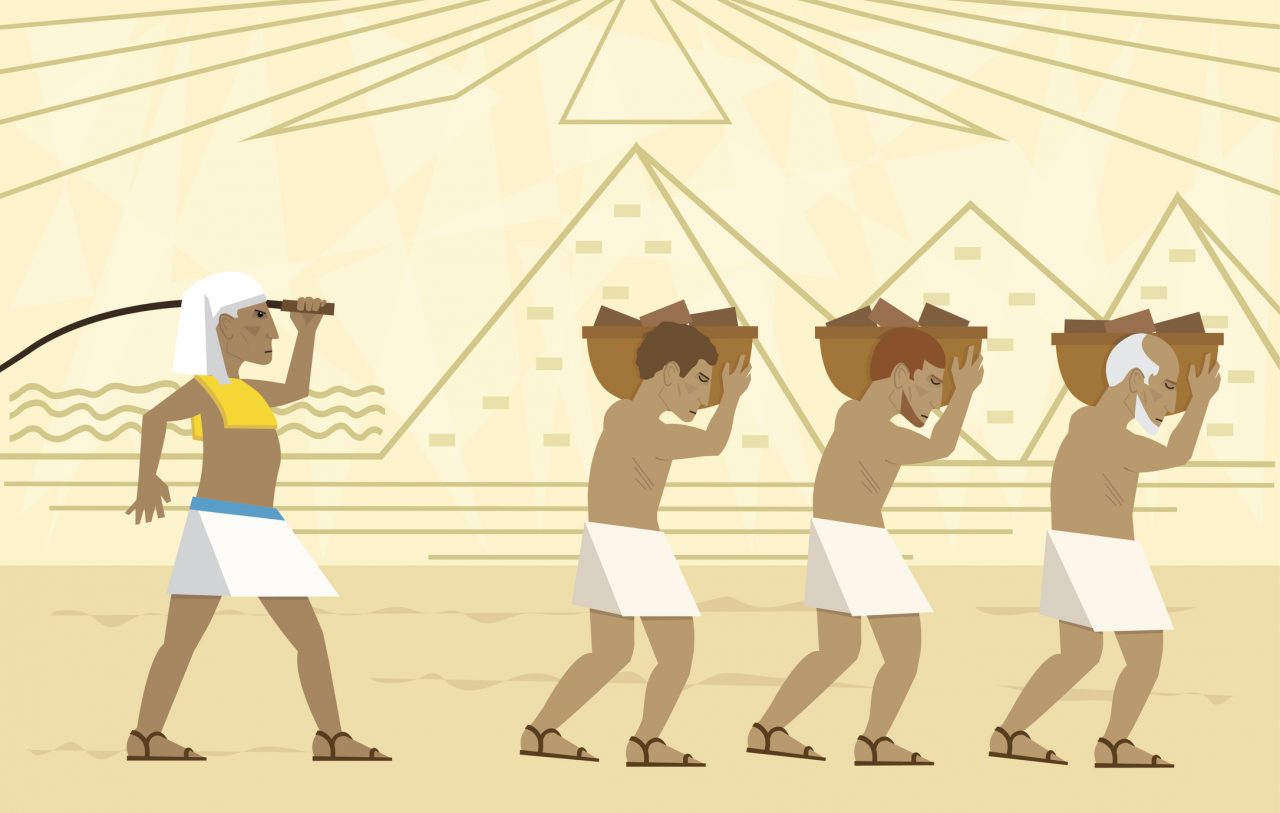
Triangular trade
The triangular trade was where the Europeans sailed to Africa to collect new slaves, who were then transported to the plantations in America and the Caribbean. From there, goods were transported back to Europe, and then the Europeans sailed to Africa to pick up more slaves. Basically, in a triangle.
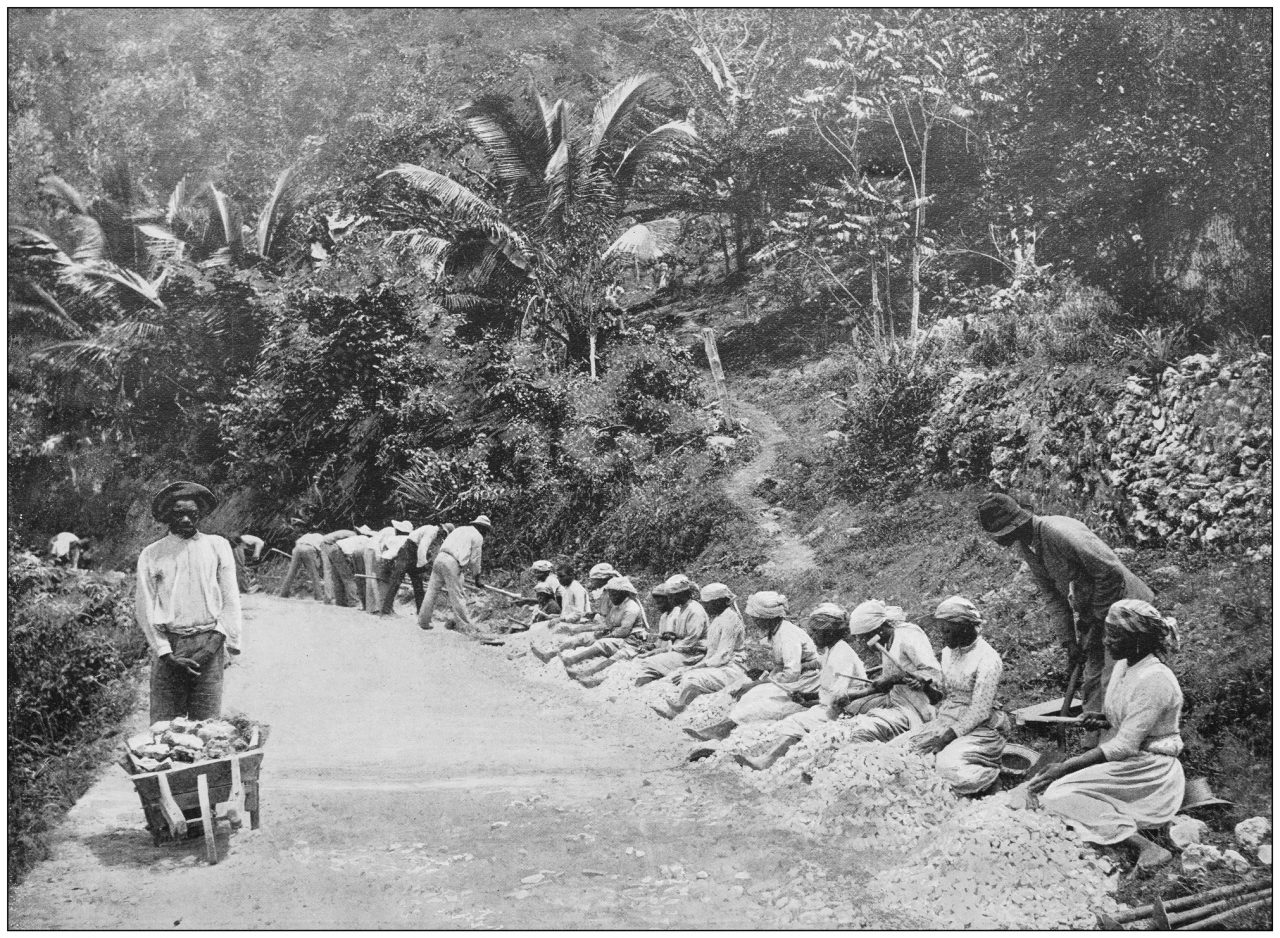
Why did the Europeans need slaves?
In the 16th century, Europeans took control over areas where they could grow sugar and cotton. These were products that the Europeans were especially interested in. The large plantations needed a lot of workforce, and at the time, Europeans felt that this could be taken from Africa.
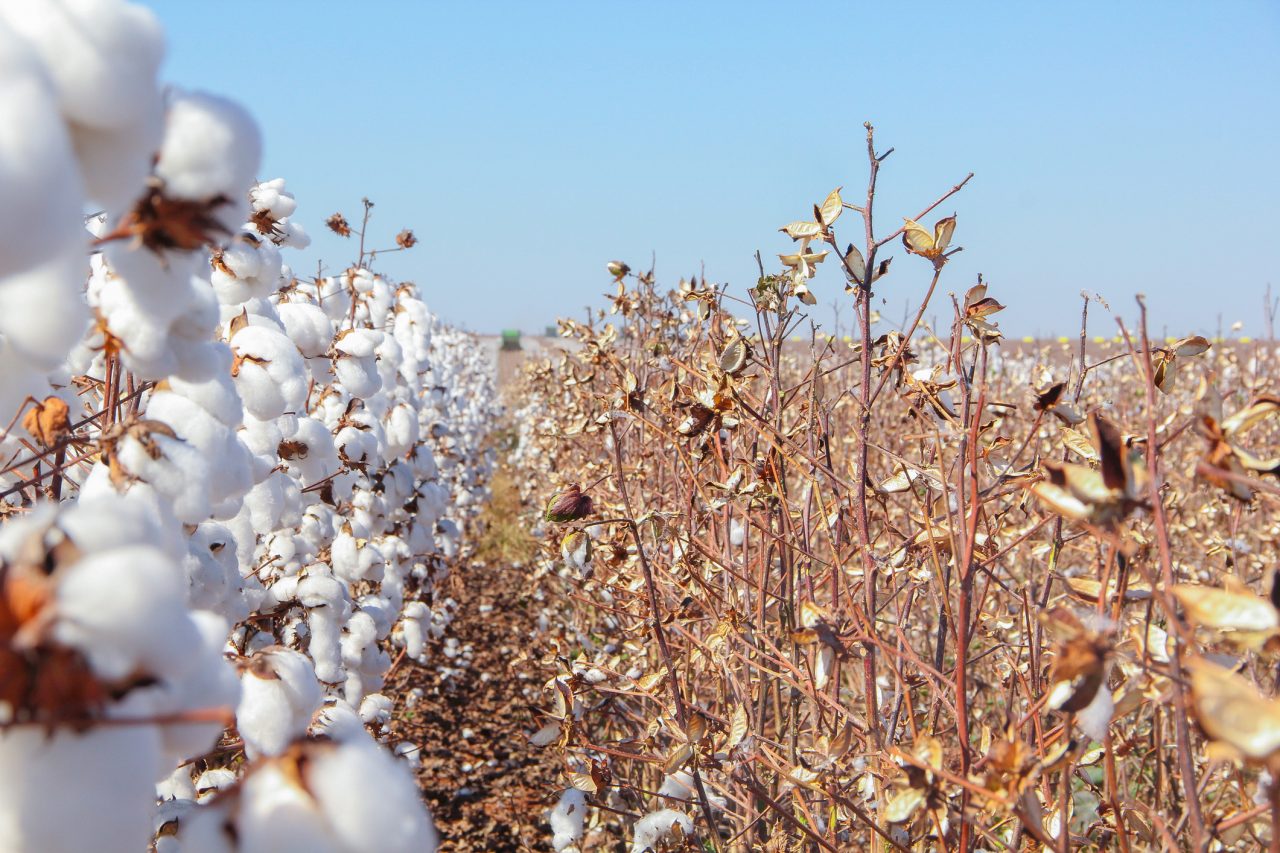
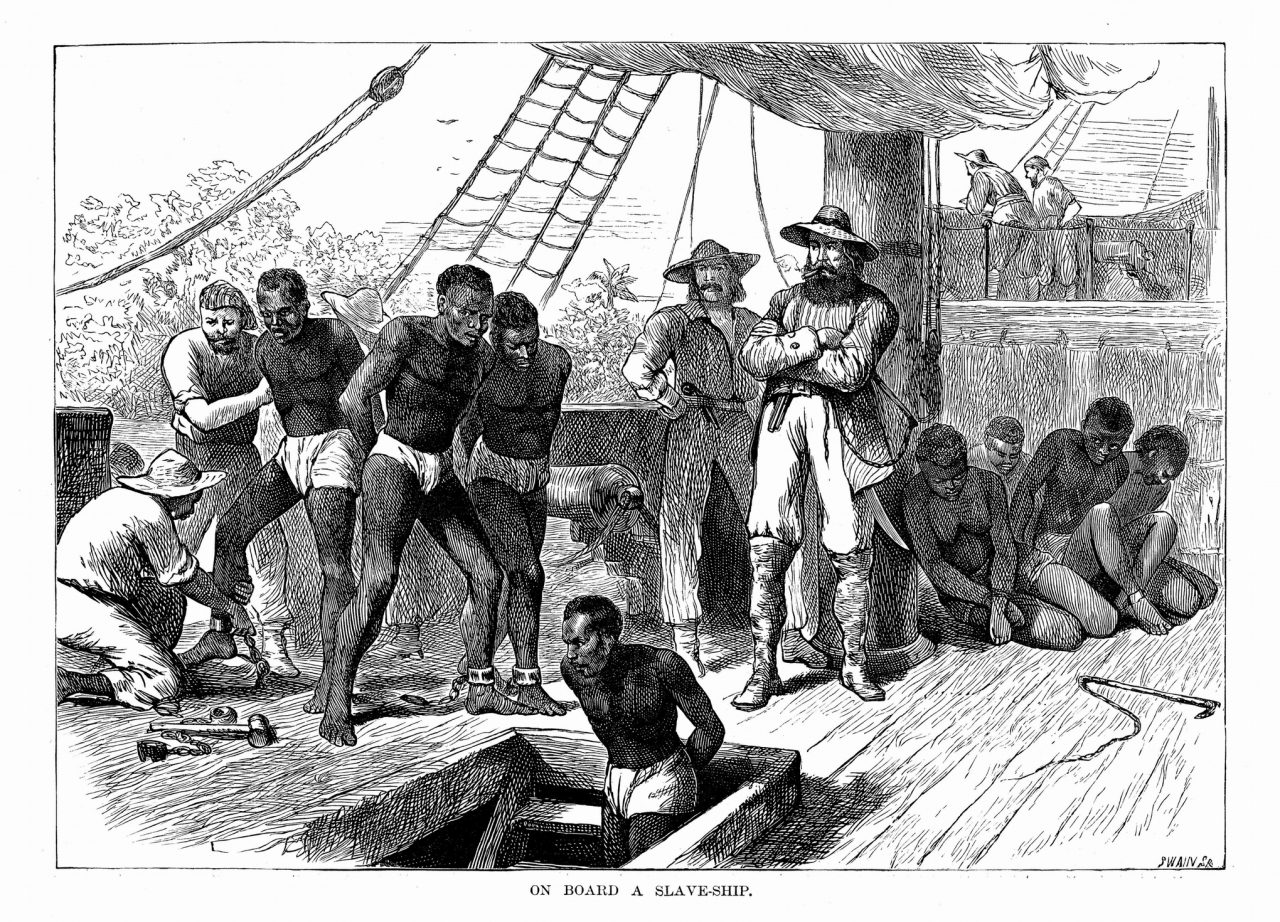
Selling slaves at the market
When the slaves came to America or the Caribbean, the slaves were usually sold at the market. Rich plantation owners would go to the markets to look at the new ‘products’ and choose who they wanted to bring back with them. It was not unusual for husbands and wives to be bought by different plantation owners and that children were separated from their parents. Young, healthy men were the most wanted labour.
⬅ Illustration from the 1860s of a mother and daughter being sold at the market in America at the time.
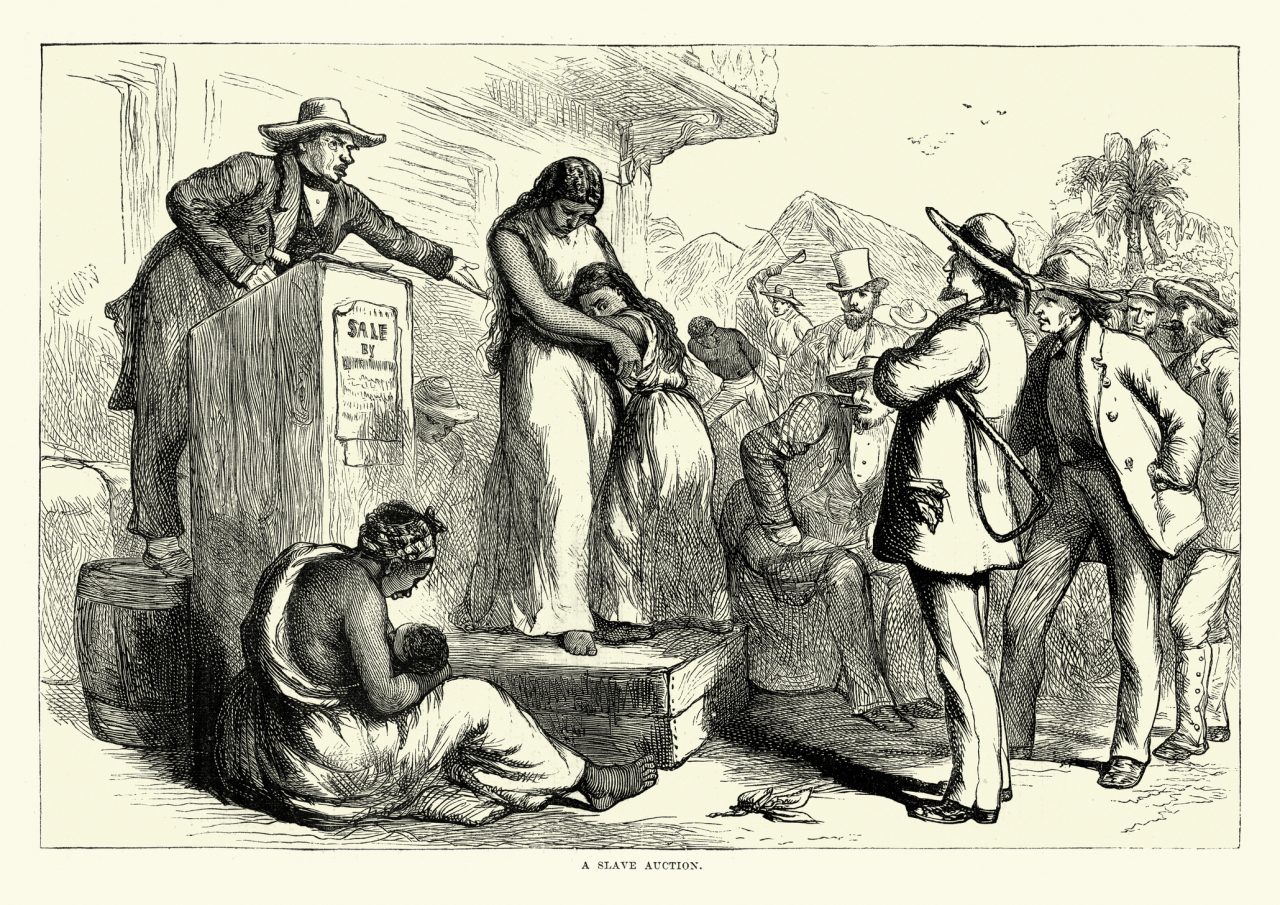
Property of the plantation owners
The slaves were the property of the plantation owners. If they tried to escape, they would be caught. If they disobeyed or tried to steal food, they would be punished hard, for example with a whipping.
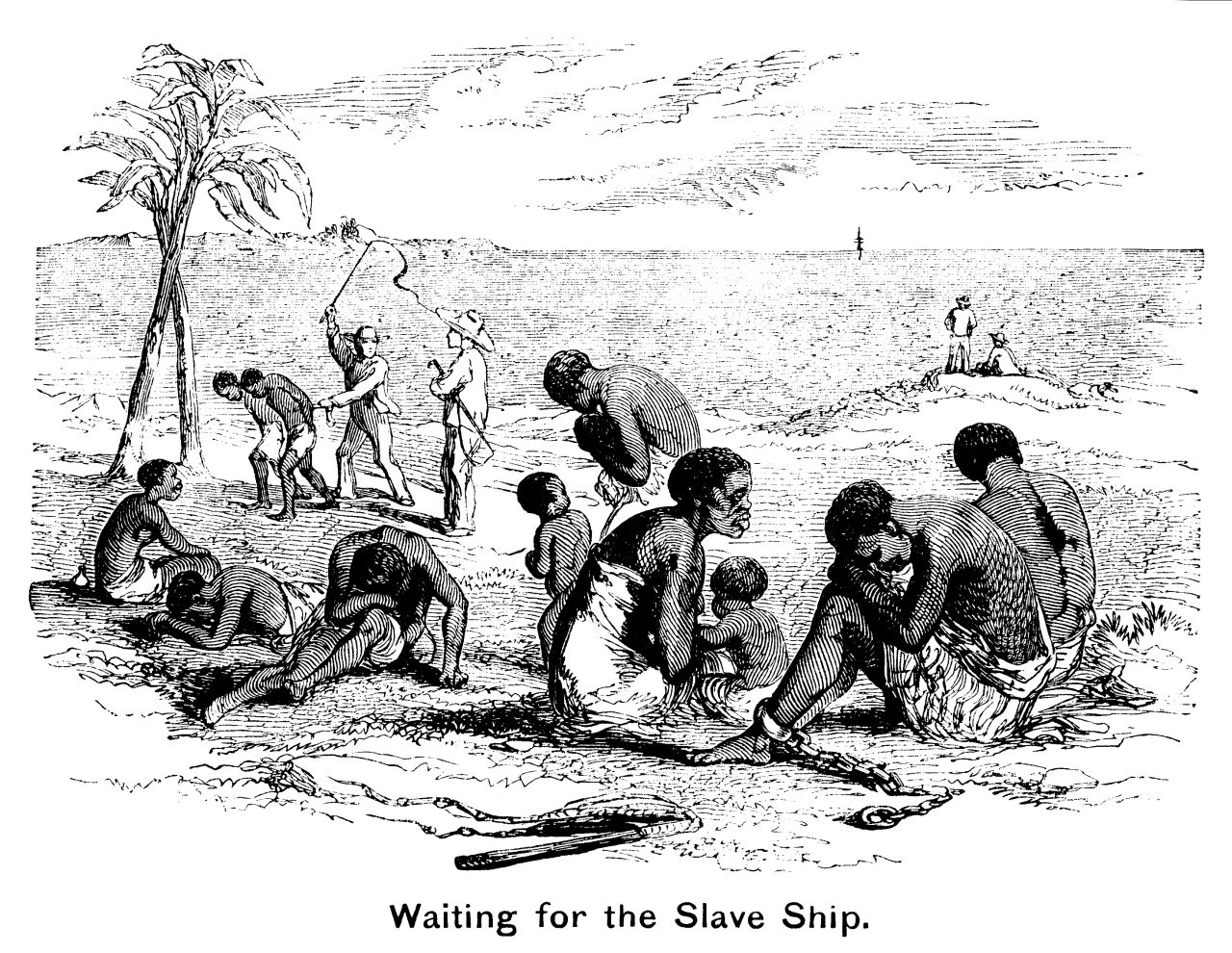
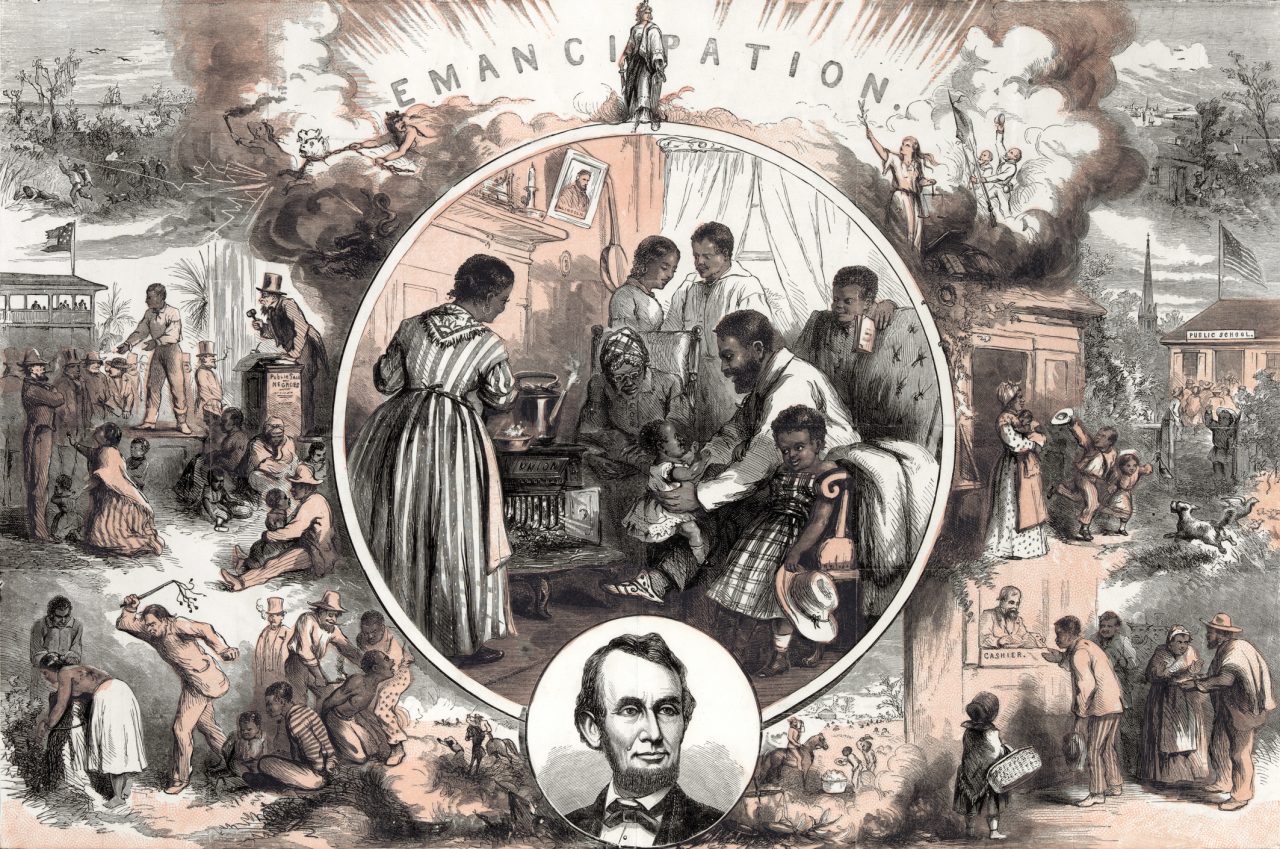
Ted-Ed: The Atlantic Slave Trade
The transatlantic slave trade.
Violation of human rights
The slave trade, which continued for about 300 years, was a serious violation of human rights. The Universal Declaration of Human Rights was adopted by the UN in 1948. Today, there are still various forms of slavery in the world, even though this is forbidden.

The consequences of the slave trade
Although the slaves were free people from the end of the 19th century, they did not have the same rights and opportunities as white people.
It took another 100 years before the struggle for equal rights between Black and White people in America really started. This fight for equal rights is still ongoing.

Sources:
- Sølvberget (25.11.2020): Slavehandel i Afrika
https://www.xn--slvberget-l8a.no/Laering/Nord-Soer-Biblioteket/Spoersmaal-og-svar/Slavehandel-i-Afrika
- History.com (25.11.2020): Slavery in America
https://www.history.com/topics/black-history/slavery
- Steen, Tone: slaveri i Store norske leksikon på snl.no.
Hentet 25. november 2020 fra https://snl.no/slaveri
Media Rights:
-
-
Getty Images
-
Getty Images
-
Getty Images
-
Getty Images
-
Getty Images
-
Getty Images
-
Ted-Ed – Youtube
-
Getty Images
-
Getty Images
-


